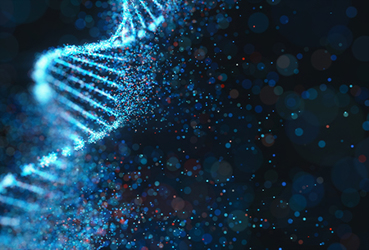Genome Editing Of MSCs

The present crop of gene-edited cell therapies is grounded in T-cells and HSCs. However, it will be difficult to ignore edited MSCs in the coming decade, since they are workhorses of regenerative medicine. Since the year 2000, the number of MSC-related grants increased more than tenfold, and number of patent application family filings (earliest priority date) with close-matching MSC terminology has increased from ~100 in year 2000 to over 2000 by 2019.
MSCs were originally considered useful to clinicians due to their extended ex vivo replicative capacity and ability to differentiate into multi-lineage cell fates such as bone, fat, chondrocytes, and possibly several others. To both clinical and commercial entities, however, it’s increasingly now apparent that most utility of MSCs lies not in their multipotency but rather in their ability to secrete factors that mediate tissue repair, modulate innate immunity at a local and systemic level, and perhaps even gravitate to sites of injury or tissue damage.
Gene editing is clearly a step beyond “simple” gene modification in terms of technology. Unlike gene-modified MSCs, gene-edited MSCs have hence not transitioned into IND-enabled human clinical studies. Yet the flight path to a clinic-ready, genome-edited (GE)-MSC ought to be well-navigated within several years.
When MSCs are genome-edited, it will inevitably be done with cell therapy in mind and should involve complementary breakthroughs to scale up and industrialize gene delivery. Download our e-Book Genome Editing of MSCs which explores this topic.
Get unlimited access to:
Enter your credentials below to log in. Not yet a member of Cell & Gene? Subscribe today.
